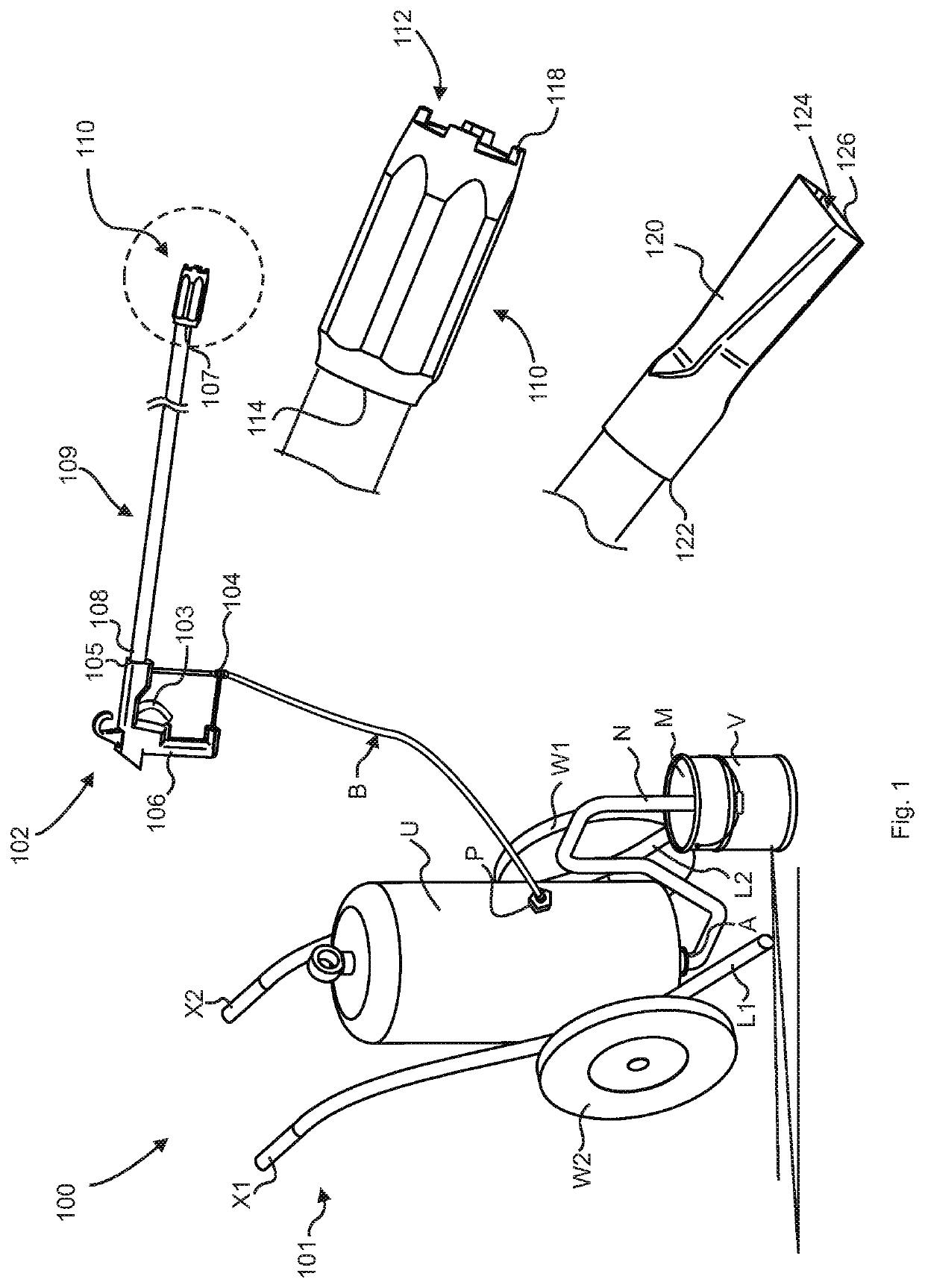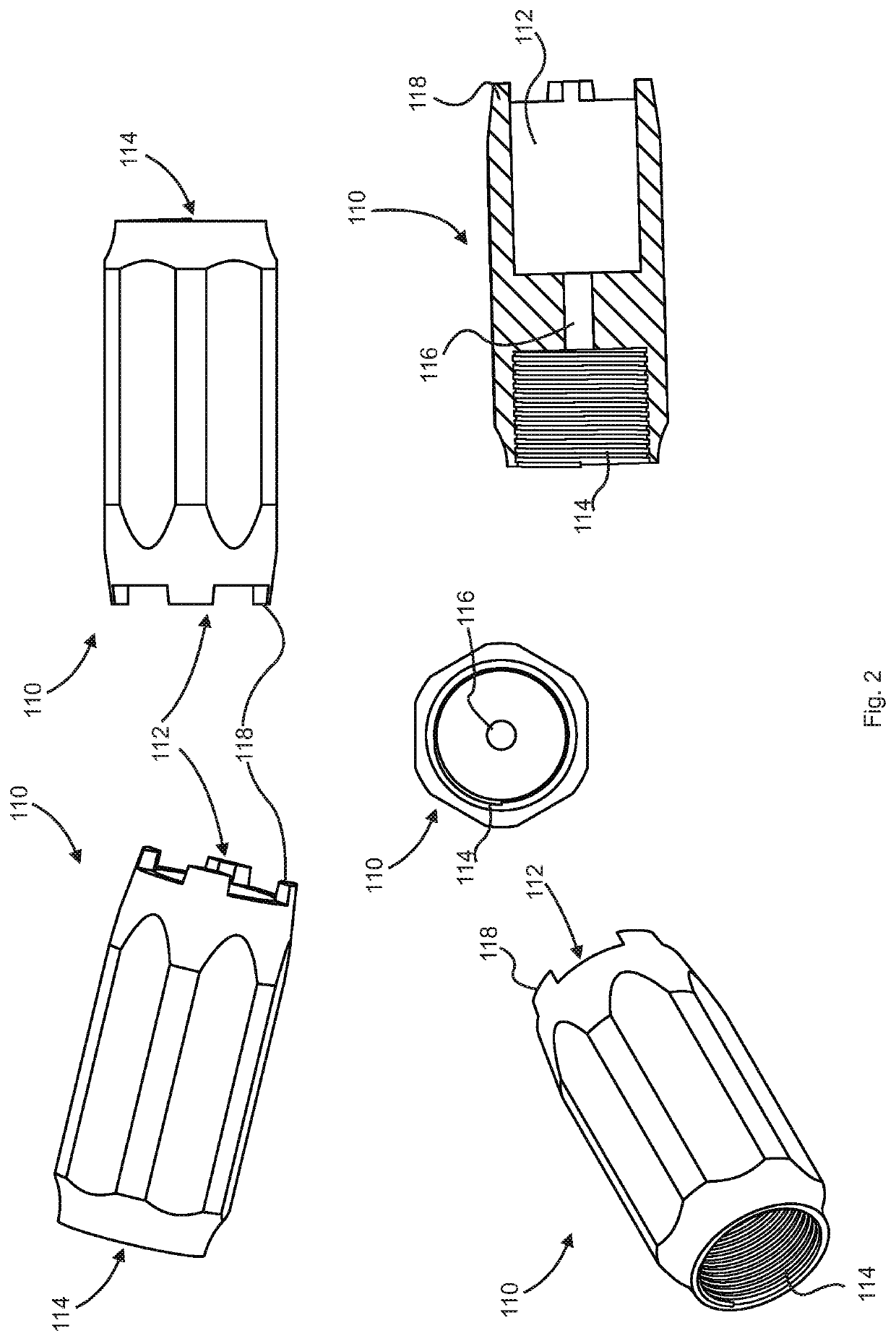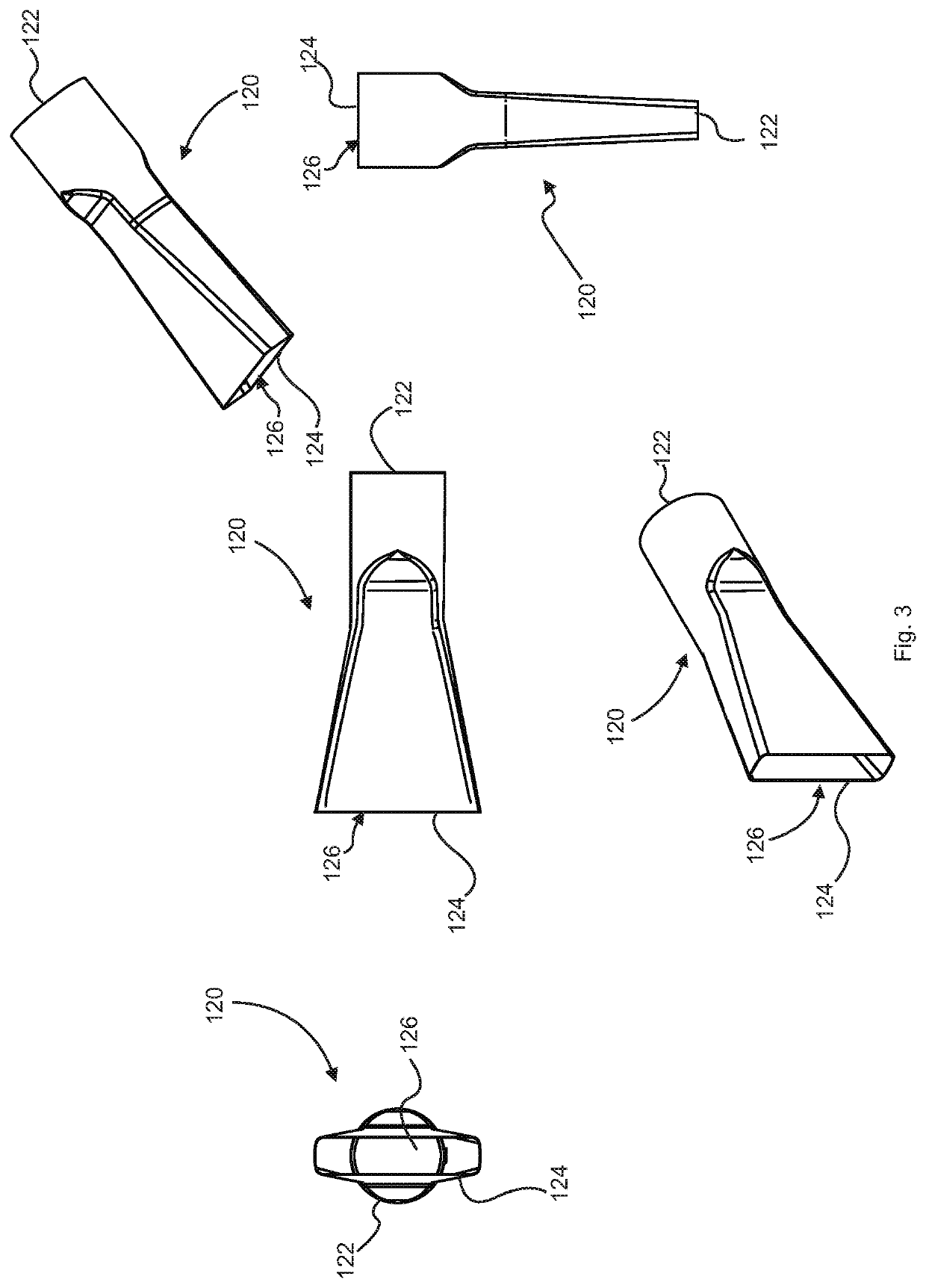While each
metal sheet generally sufficiently shields its respective area from the elements, points or areas of
weakness exist along joints between sheets and at individual points where either the joints are fastened or the sheet is fastened to the corresponding structure.
Each of these points or areas of weakness may allow for the eventual intrusion by running or standing water on the roof, thereby causing a leak into the internal structure which may then cause damage to internal building elements not designed to be exposed to water.
Furthermore, depending on the composition of the
metal sheets and any fasteners used to join and secure the sheets, rainwater and the dissolved solids and chemicals it may contain may slowly degrade or
rust a roof over time, thereby causing additional areas for water intrusion at existing or new points or areas of weakness.
For example, while the exposed surface of a
metal sheet may be durable against persistent rains or standing water, constant
exposure to these elements at an exposed
joint line, at a
fastener, or at a drilled hole for a fastener may not be sufficiently durable.
Finally, slow or sudden movement of the structure of a building may cause fasteners on a
metal roof to become loosened suddenly or over time, again increasing the number of points or areas of weakness for water to intrude into the building.
However, this method may be both labor intensive and expensive.
Waterproof coatings may be costly by-volume and covering the entire roof with one or more coats of a costly
coating may be cost-prohibitive for many applications and budgets.
Furthermore,
coating an entire roof with one or more coats of waterproofing material may be burdensome from a labor perspective, and possibly even dangerous.
A person or
crew standing upon a roof in hot or otherwise inclement weather may experience fatigue or even symptoms from
exposure to the vapors released as the
coating dries.
While implementing this technique may offer more durable and aesthetically pleasing results than the first method, it may require more skilled labor in its application and may prove to be both more costly and more labor intensive.
Since the vinyl may be required to be attached to the roof through adherence, the baseline labor required by the first method, along with the expense of the coating or adherence material, may be in addition to actually applying the sheets of vinyl.
Additionally, where a coating of waterproofing material may form a single, continuous coating over the roof, gaps and wrinkles of the vinyl sheets may introduce concerns with respect to
longevity.
By covering only those areas of a roof which may be most susceptible to weather wear (e.g. at joints and fasteners), there may exist a potential to save costs on materials.
However, various inefficiencies or inadequacies which may require more labor than would be necessary with the ideal equipment.
However, dipping brushes into waterproofing material reservoirs (e.g. buckets) may require a laborer to either carry the reservoir around the roof as they apply the coating or may require having to travel back and forth to the bucket to replenish the
brush.
This may prove exhausting or even dangerous, depending on a number of factors including roof size,
roof pitch, weather, the like, and combinations thereof.
However, the use of a sprayer may be less accurate, may require more expensive equipment that requires maintenance, may be more dangerous during transport of
heavy equipment to a roof, and may introduce other hazards such as
inhalation of overspray and / or volatile fumes.
However, the reservoir contained in most caulking guns may be insufficient for most industrial and commercial roofing application, thereby requiring frequent reloading or refilling and decreasing efficiency.
Furthermore, a caulking gun may require a laborer to constantly crouch or bend over to apply to a fastener head or joint.
 Login to View More
Login to View More  Login to View More
Login to View More 


